You know that moment when a platform you rely on suddenly changes the rules? That's exactly what's happening with WhatsApp right now. The messaging giant is testing one of its most significant anti-spam initiatives yet, with monthly caps on broadcast messages that could fundamentally reshape how we think about mass communication on the platform.
This isn't just another minor update. The primary goal here is crystal clear: reduce spam and enhance the overall user experience, while ensuring that legitimate communication doesn't get caught in the crossfire. For most users, this change won't even register on their daily WhatsApp usage. But for event organizers, community leaders, small business owners, and anyone who regularly communicates with large groups, it's time to rethink your messaging strategy.
How the new broadcast limits actually work
Let's break down the mechanics. Individual users face a restriction of 30 broadcast messages per month, according to current testing parameters. The counter runs on a rolling 30-day cycle that starts with your first broadcast. The quota automatically resets each month, so a busy month will not haunt the next one.
WhatsApp has built transparency into the flow. Both the app settings and broadcast chats will display your remaining message count, and the platform will automatically notify users when they're close to or have exceeded their monthly quota. No surprise drop-offs, no guessing.
Here's the strategic bit. The feature is currently in the testing phase with a gradual rollout planned, which means not everyone will see limits at the same time. Meta is experimenting with different thresholds, so the final cap could change. The approach is methodical, a sign they want to balance user experience with legitimate communication needs.
Business accounts get different treatment
The strategy becomes more complex and more revealing when we look at WhatsApp Business users. Reports suggest that during the initial trial period, business accounts will receive around 250 personalized broadcast messages for free each month. This allowance acknowledges that businesses have real reasons to message broadly while opening a path to monetization.
Meta isn't stopping at free limits. The company is developing a premium version of the broadcast feature for businesses that includes advanced capabilities like message scheduling, detailed analytics, and enhanced customization options. Once businesses exceed their 250-message allowance, they'll need to upgrade to a paid tier to continue sending broadcast messages.
The paid features address real operational needs. Scheduling options for specific dates and times let teams plan around holidays, launches, or limited-time offers weeks in advance, a cleaner path to revenue than throwing up arbitrary walls.
What this means for your messaging strategy
Impact depends on habits. Casual users will not hit 30 broadcasts a month. Heavy users will need to be choosier, aiming for relevance and timing instead of volume. Fewer blasts, more intent.
WhatsApp provides alternatives for reaching larger audiences. The platform recommends Status updates, Channels, Groups, and Communities for different communication needs. Status works for casual announcements. Channels are great for one-way updates to big audiences. Groups encourage conversation, but can get noisy. Communities organize multiple group topics under one roof.
The through line is simple. Reports suggest WhatsApp wants to balance legitimate communication needs with spam reduction. Rather than block genuine interactions, the system targets broadcast abuse. For businesses, that pushes a shift from blanket messages to targeted, useful updates people actually want.
How to adapt, practically speaking. Event organizers could use Channels for ongoing news and save broadcasts for urgent changes. Community leaders might keep Groups for day-to-day chatter and reserve broadcasts for time-sensitive alerts. Small businesses should audit whether their current blasts drive replies or just pile up unread.
The bigger picture: WhatsApp's anti-spam evolution
This broadcast limit is one piece of a larger anti-spam puzzle. The platform has already implemented forwarding restrictions that limit messages to five chats at once and added clear labeling for forwarded content to make sources obvious.
The company is also developing spam link detection features and has launched education efforts to help users spot misinformation.
Beyond technical measures, Meta has established research funding for misinformation studies and is planning long-term public safety campaigns to teach users how to evaluate credibility. Education tackles root causes, and the broadcast cap fits that longer arc of platform integrity.
What comes next for WhatsApp messaging
The testing phase for broadcast limits continues over the coming weeks, with gradual implementation across different user groups planned. Meta's measured approach prioritizes user feedback and system performance over rapid deployment — a smart move for a change that affects core communication habits.
This fits into WhatsApp's broader evolution. Alongside these restrictions, the company continues expanding features with voice message transcription, Status reactions, and private mentions. The platform is also updating the WhatsApp Business logo from a 'B' to a '+' symbol, a small but telling shift toward a fuller business suite.
For users and businesses, the message is clear: the platform is moving toward quality-focused messaging. Start experimenting with alternative features now, before limits hit your account. You will have smoother workflows ready when the cap arrives.
Bottom line: WhatsApp is betting that better user experience beats unlimited messaging. Given the steady work on platform integrity and user education, they're probably right. The question isn't whether your usage will change. It's how fast you adapt and make the most of a platform built for meaningful communication rather than message volume.




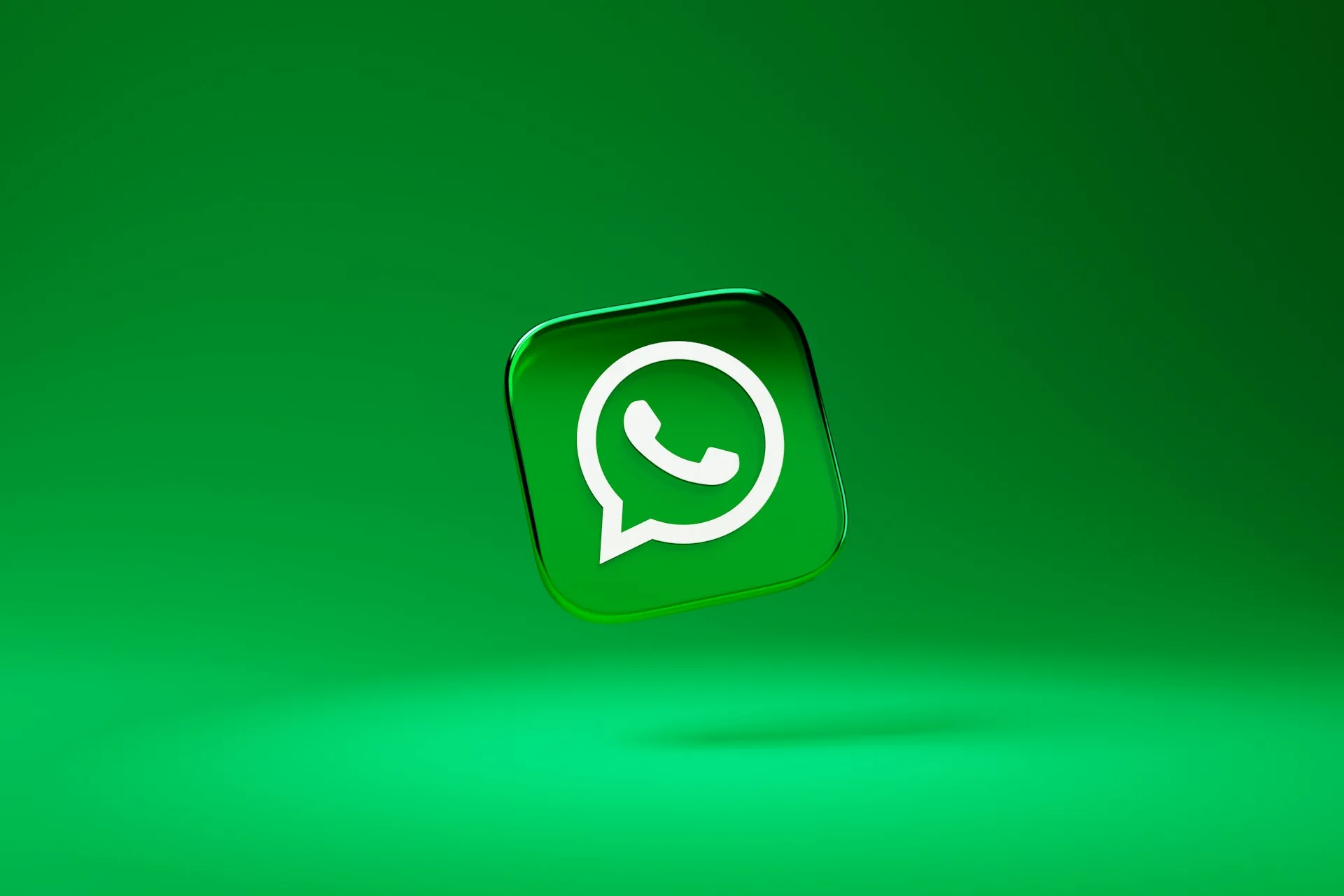


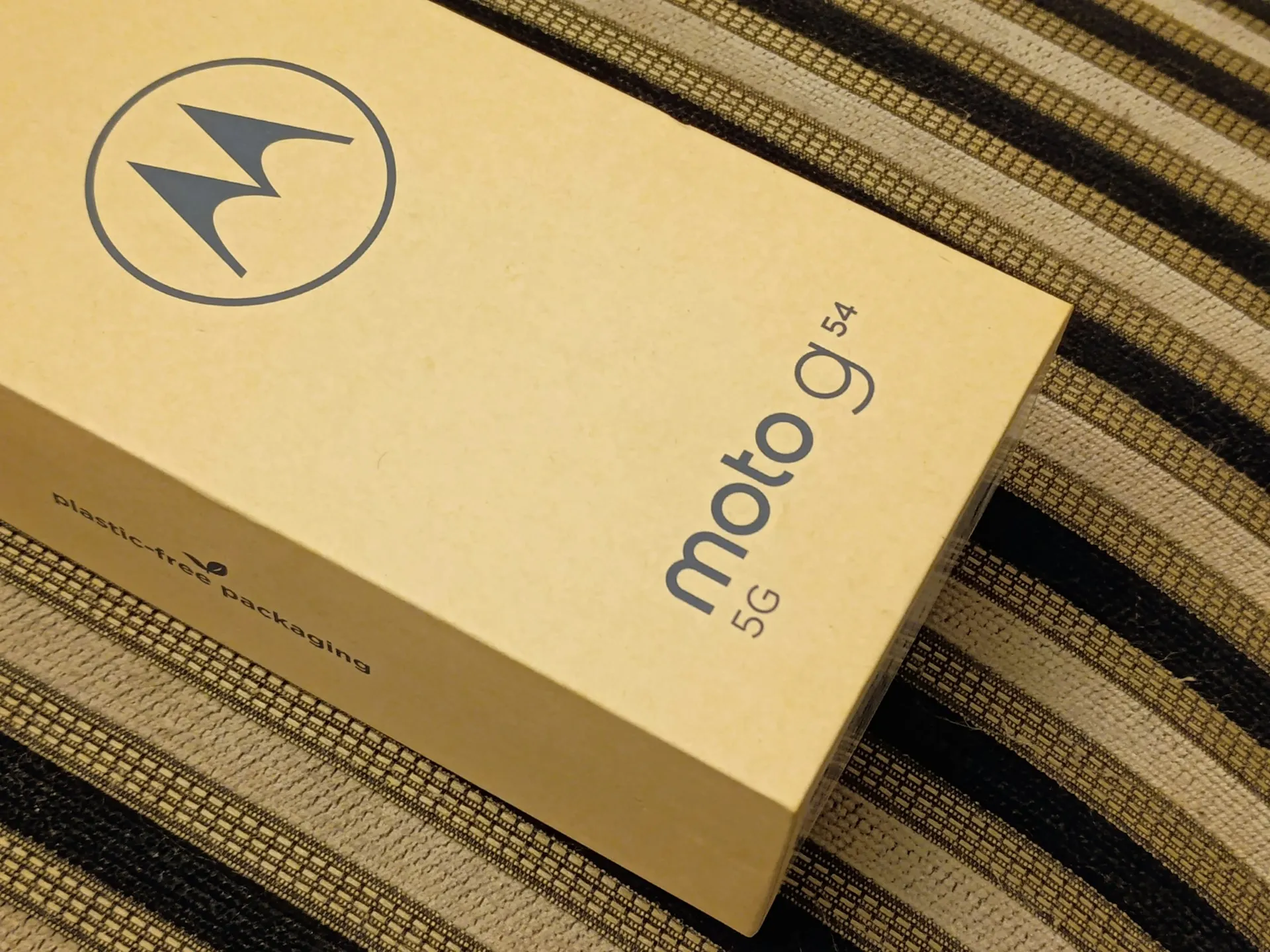



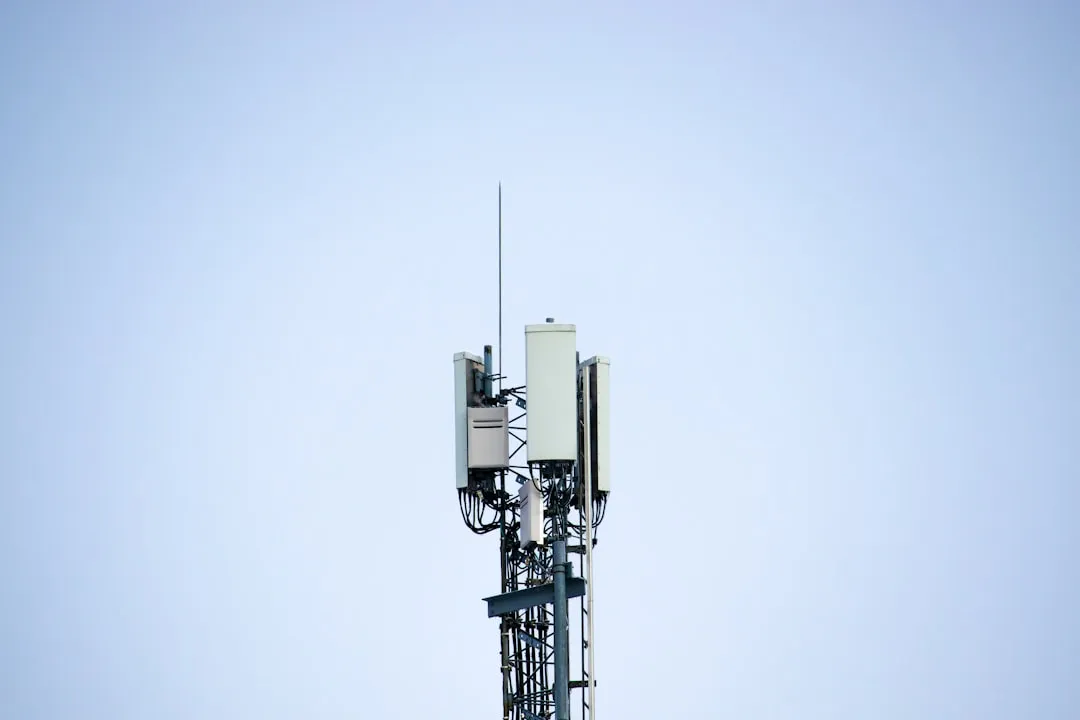






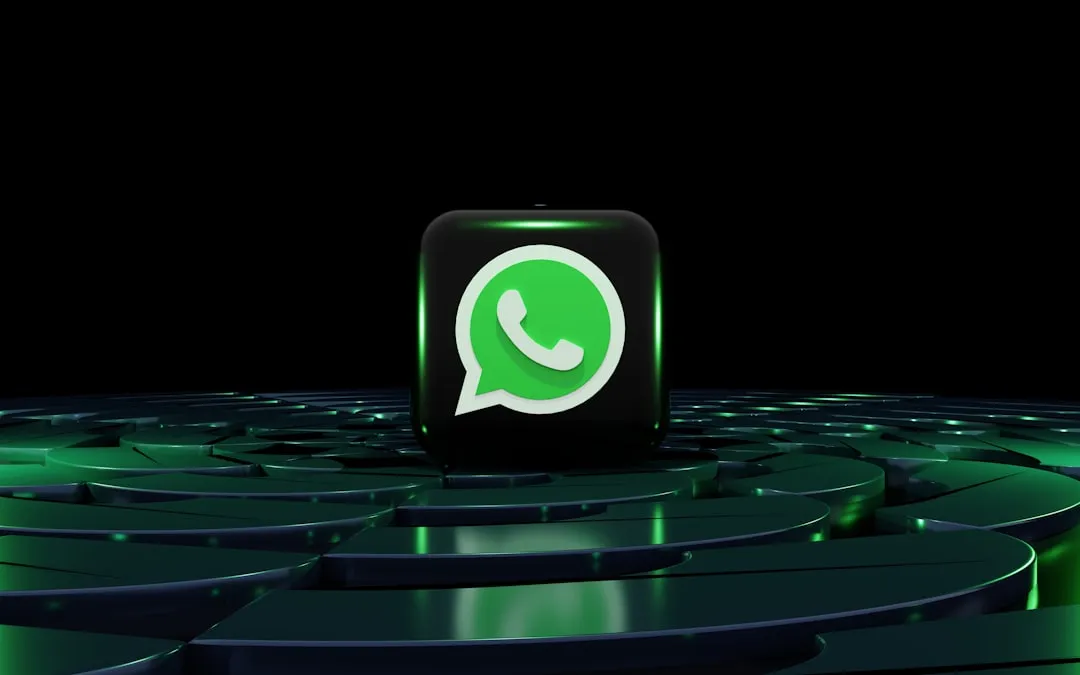
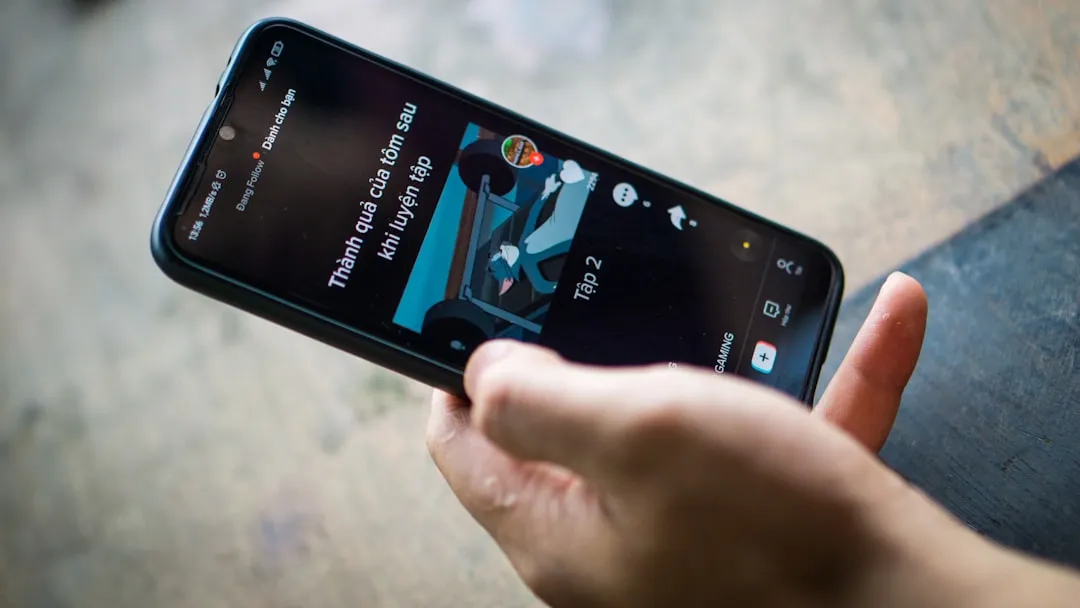





Comments
Be the first, drop a comment!